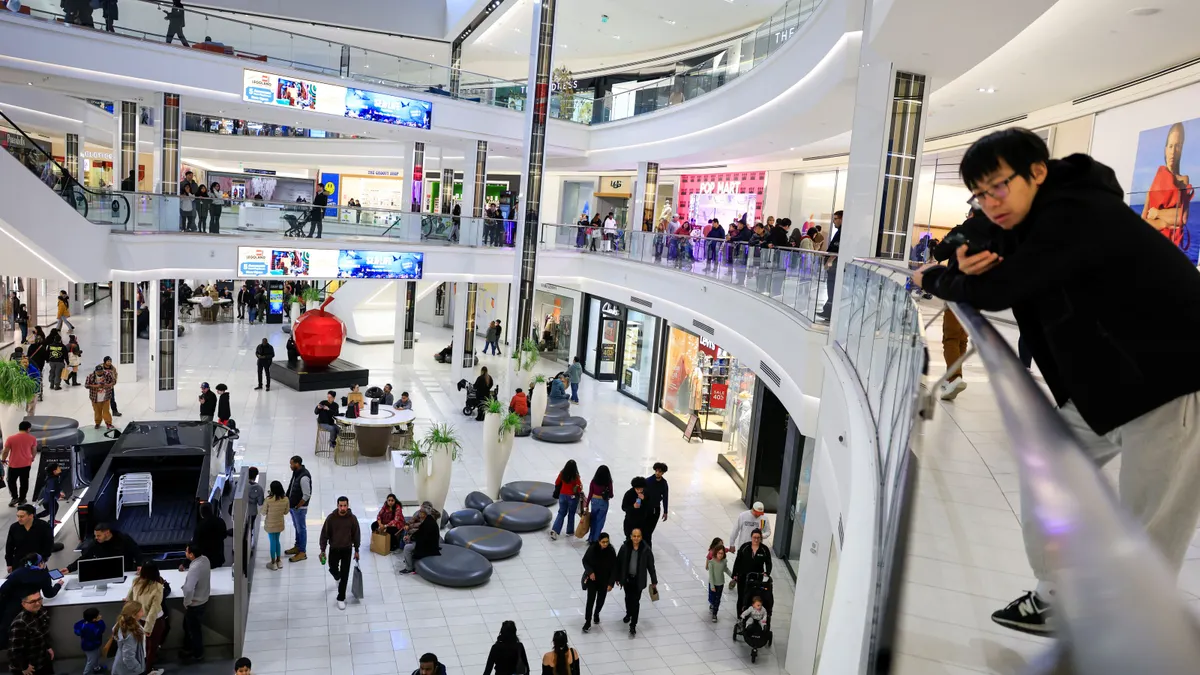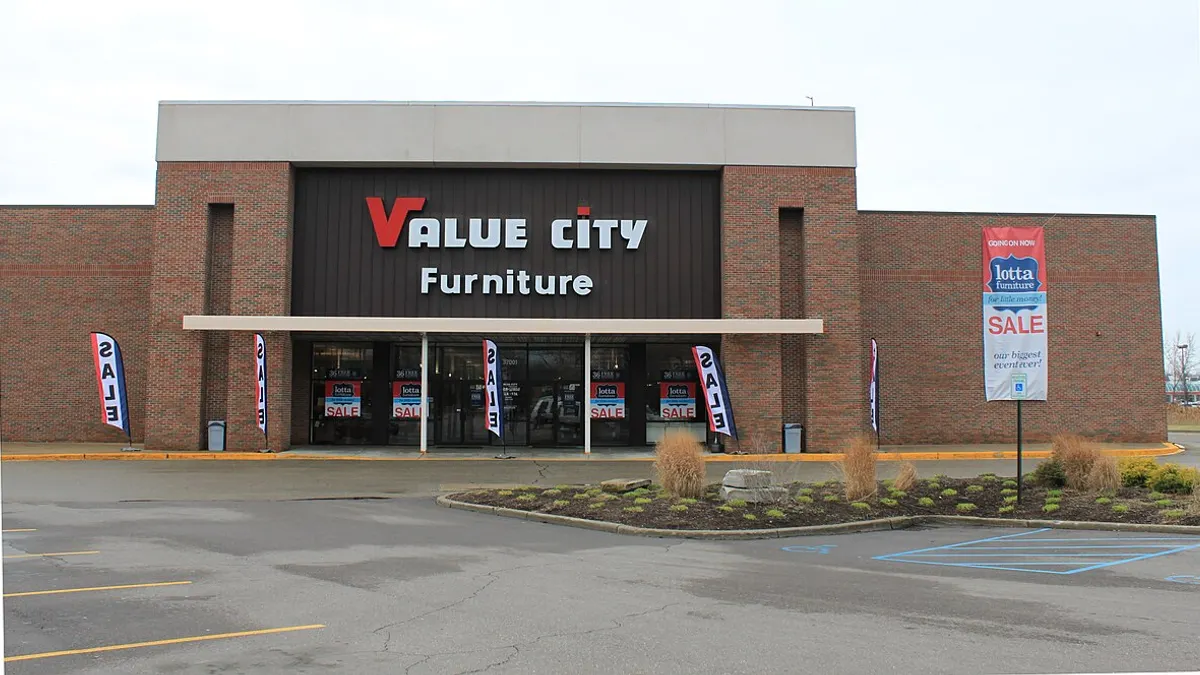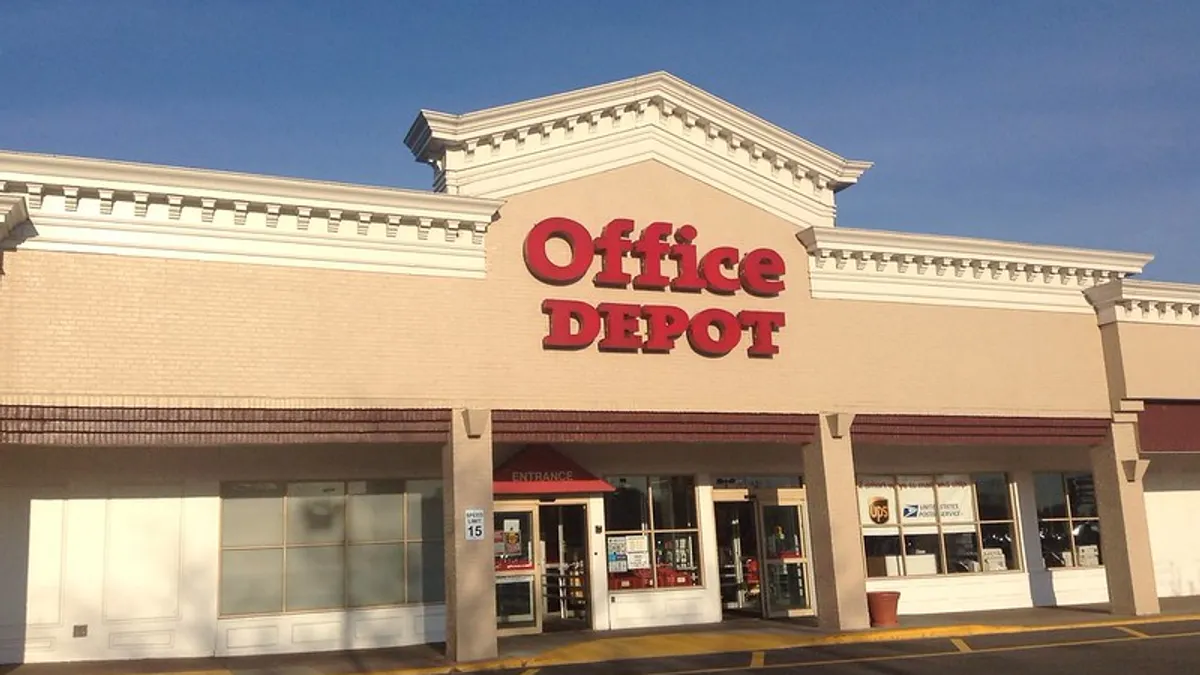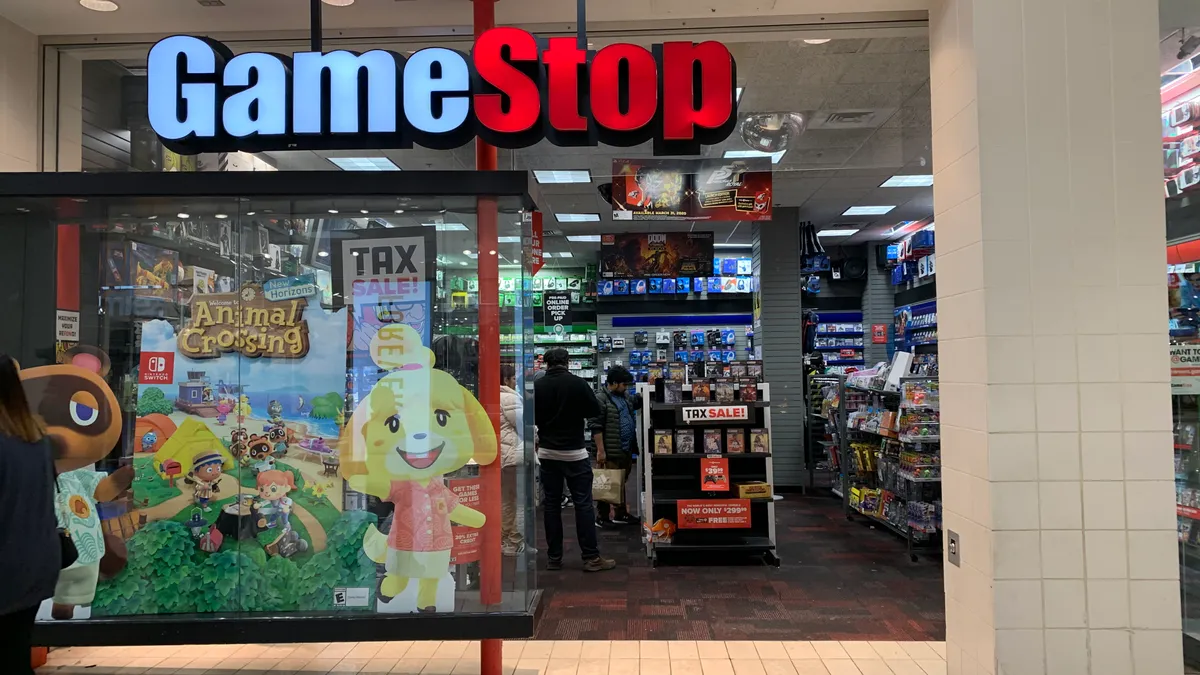Last week, outdoor retailer Cabela’s became the latest retailer to come under pressure from an investor seeking Wall Street-friendly changes. New York City-based hedge fund Elliott Management Corp. publicly disclosed an 11.1% stake in the Sidney, Nebraska-based company, and is pushing the retailer to pursue so-called "strategic alternatives"—such as selling the company.
In a move—or non-move—that’s unusual in such circumstances, Cabela’s has so far stayed mum about the announcement, leaving some observers to wonder if a fight is brewing over next steps.
But the company is also still largely family owned, with the founding Cabela family still retaining a minimum 24% stake. That could blunt Elliott’s power, depending on the family’s stance on any changes the firm may demand. In a regulatory filing, Elliott said that it would go to the company’s board with possible strategies that could include a sale, sale of its real estate, or a spin-off of its credit-card business.
Those potential moves are meant to “unlock value” in a company for investors in ways not necessarily good for long-term growth, germane to a retailer’s operational needs, or appreciated by its customers.
In fact, experts have told Retail Dive that many of today’s retailers are beholden to investors to the point that “growth” has become something of a golden calf that may be lucrative for investors—but deadly for the retailer itself.
A loss of vision
We’ve noted in the past that a founder’s entrepreneurial vision can begin to look like a liability once a retailer has gone public and is governed by a board of directors tasked with stoking growth.
Sometimes it's the very confidence and outside-the-box thinking a founder brings to his or her company that gets in the way when a company is ready to become more established. Investors or shareholders can get queasy if a founder’s behavior or long-term vision for the company conflicts with their own or a majority of the board.
But if a founder, or any visionary CEO for that matter, is overwhelmed by investor interests or even pushed aside, the lost of that vision can be devastating, says retail futurist Doug Stephens, author of The Retail Revival: Re-Imagining Business for the New Age of Consumerism and the Retail Prophet blog.
“When you go public and/or you involve private equity, the idiosyncratic nature of the founder, which is the ballistic energy inside a brand that really causes it to be as remarkable as it is, risks getting watered down,” he told Retail Dive.
Short-term growth, long-term failure
That goes for other growth measures that may seem obvious to bean counters or investors but bad for the retailer in the longer term. That can be especially true for luxury brands, which depend mightily on exclusiveness and rarity to preserve the ability to charge top dollar.
“Part of the thing about luxury is scarcity and the unattainable nature of something that makes it seductive. So as soon as you open the funnel — doesn’t matter if you can afford it or not — it’s about seeing people at the food court with a bag” that was once a rarity, Stephens says.
“The problem when we start taking about brands like Michael Kors, Hugo boss, all these retailers moving to the outlet malls, their luxury appeal that got them to the party is diluted," Stephens continued. "That Coach customer that paid $2,000 for a handbag, as soon as they see that $400 one, isn’t pleased. That’s happening to Coach and that’s also happening to Michael Kors.”
That can also happen to department stores that are increasingly opening off-price outlets that may also include merchandise of lower quality, in an attempt to capture the success of stores like TJX companies’ T.J. Maxx and Marshall’s. Those retailers risk simply transferring sales that would go to their flagships over to their off-price units, says Columbia University business school professor Mark Cohen, a retail veteran.
“I get it, they’re public companies, caught in a vise,” Cohen told Retail Dive earlier this year. “They seem to be acting as if this is the only path available, and, in a short term sense, that’s true. But these companies are steaming away in the ocean, and they’re running out of fuel, so they’re starting to strip the superstructure for things they can use in their boilers. The problem is, at some point, when you run out of deckboards to burn, you strip the hull, the water comes in and it’s game over—you drown.”
Obliterating the original value
Stephens noted that even Lululemon, which has managed to remain a major player in the athleisure space it created at the hands of founder Chip Wilson, has suffered because of its departure from high quality and innovation. Wilson himself this year noted that he left in part out of frustration that the company was opting to leave behind its innovative approach to fabrics in favor of lowering costs.
Wilson told the Toronto Globe and Mail this month that when former CEO Christine Day ended the retailer’s approach of hiring product, quality, and innovation experts “it drove me crazy.”
And he criticized the company’s board for twice rejecting performance cashmere fabric that his wife, Shannon Wilson, developed and is now using at her new company, Kit and Ace. Stephens agrees that the failure to maintain its innovation and high-end fabrics and the shift in focus to shorter term gains have cost it dearly.
“Lululemon—great brand, taking the world by storm, moving into the U.S. from Canada and really doing a good job of managing its brand,” he says. “All of a sudden they’re buying substandard material. It’s less about the customer experience anymore and more about investor return.”
Avoiding the short-term vise
Retailers can balance growth with the idiosyncrasies of what brought them to the table by staying true to the things that their customers value, Stephens says. He points to Starbucks as a company that began to lose its way—opening more stores than it should have and losing sight of how it had captured consumers’ attention and loyalty—but that has successfully regrouped.
Indeed, CEO Howard Schutlz returned to the company as CEO in 2008 after leaving in 2000 and told the Harvard Business Review that the challenge for his second tenure was to bring Starbucks back to its origins. “I think the tension is about can you be big and stay ‘small’?” he said.
And Stephens says that part of the problem is that investors expect double-digit returns, which leaves retail companies little wiggle room to thrive.
“The notion of building a business that really is a great business that serves a defined customer set — I think we have lost sight of that,” he says. “We’re seduced by this notion if I’m an investor and I'm not getting double digits I’m not happy. When did 5% growth become a bad thing? It’s greed on the part of markets and the companies, and leads smart people away from making good decisions.”






















